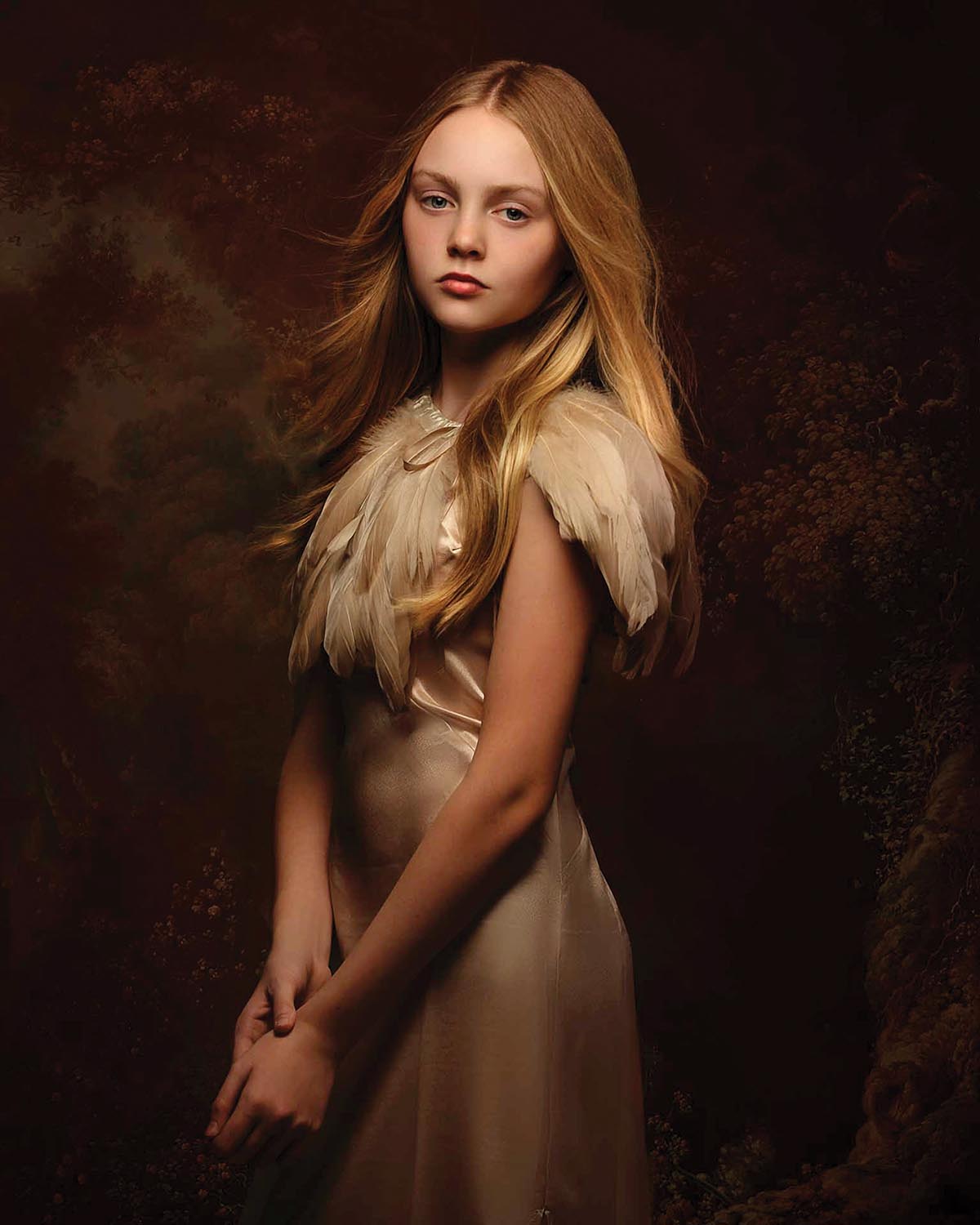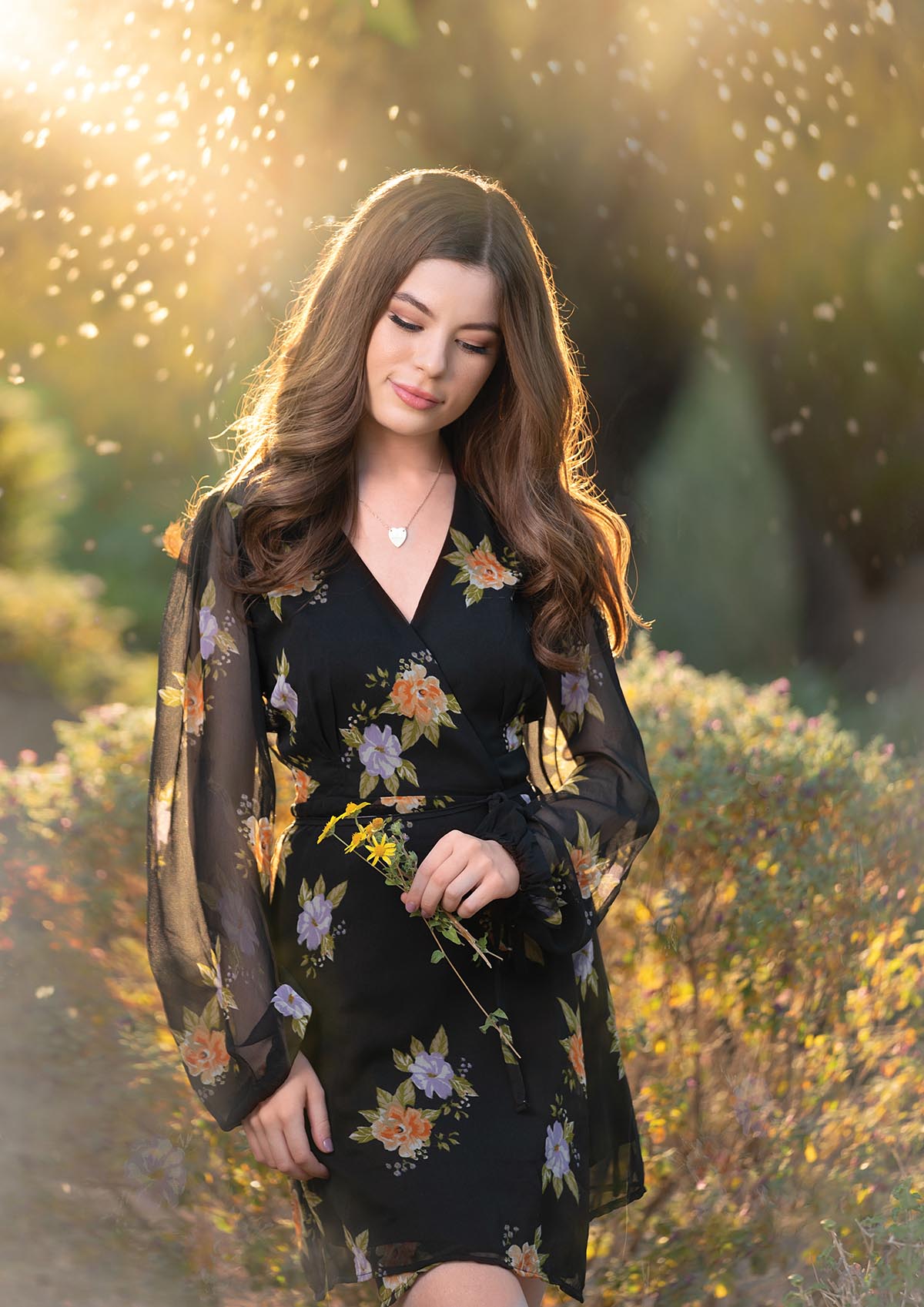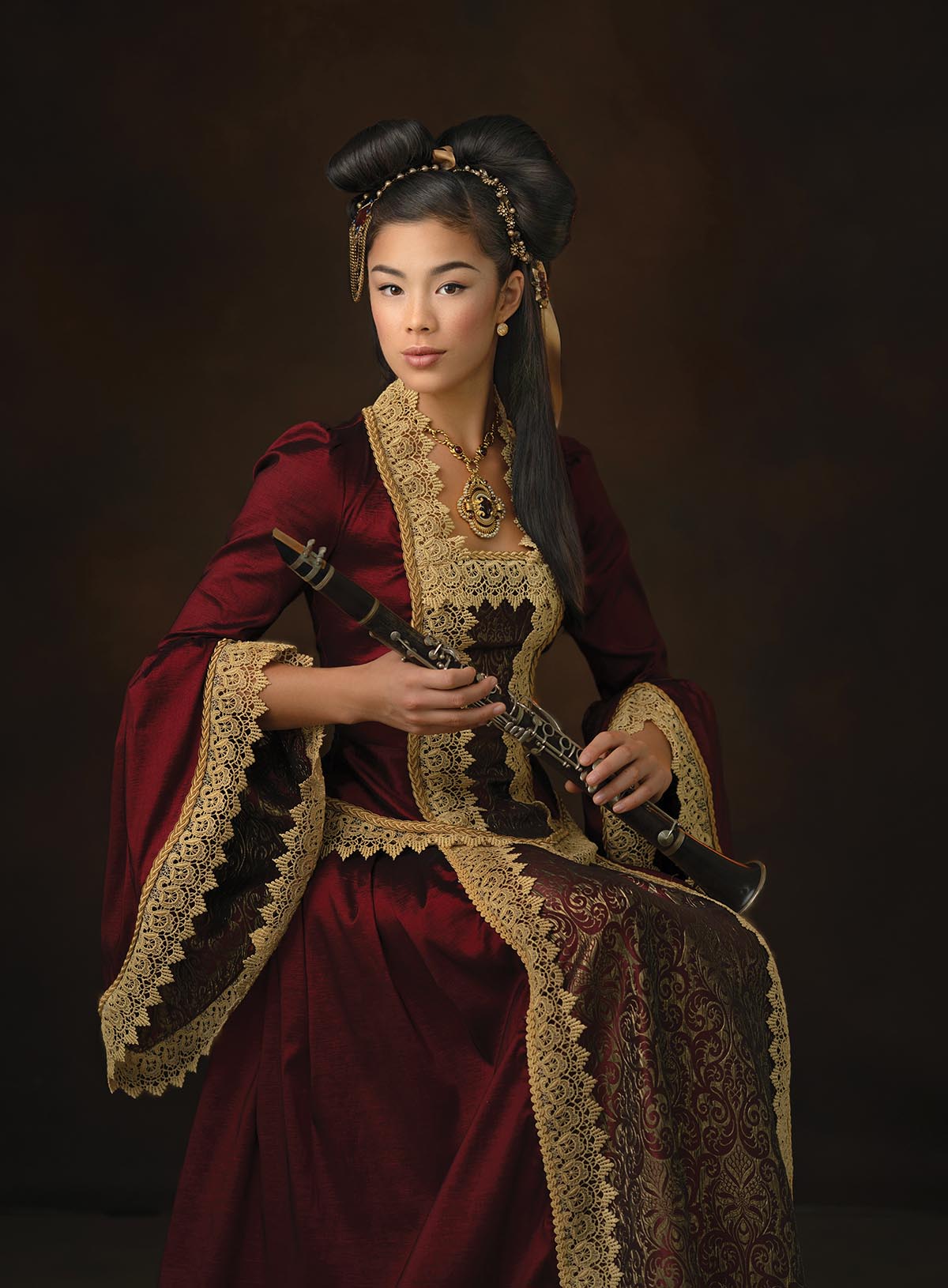
Before moving to Las Vegas and becoming a distinguished photographer, Jane Engs, M.Photog., was a Nashville mom with an artistic eye. While there, she found a portrait photographer for her kids whose work she loved so much that, even after moving to Nevada, she would return to Music City just to have her kids’ portraits made.
One day she thought she’d try it herself. Raised in a family of artists, Engs had studied art from a young age and had some background in photography and commercial art from high school and college. She had also traveled extensively while working for the airlines in her 20s and was able to appreciate artistic styles from across the globe. When she decided to get into portrait photography, she combined all of these influences into a style that quickly resounded with families and senior portraits clients around Las Vegas.
In fairly short order, Engs built a business focused on artful portraits. Her work steadily improved, as did her bookings. She found herself diving ever deeper into professional photography as she built a reputation as a creative photographer in the Vegas area.

CREATIVE THROUGH COMPETITION
In 2017 Engs started entering images into PPA’s International Photographic Competition. She submitted four images, earned four merits, and found herself hooked. “It wasn’t about the awards,” she explains. “I realized it was something that could make me a better photographer.”
Before the competition, Engs thought her images were nice. She liked them, others liked them, and her portrait business was growing. “But little details may have been off: Hands weren’t positioned properly, maybe I shot with broad light when that wasn’t the best choice, posing was not as refined,” she says. “It wasn’t until later, when I started competing and really focused on the details, that I was able to fully identify these things.”

Engs started watching critiques and using the feedback to improve her work. She gleaned expert insights from the jurors on posing, the finer points of studio lighting, and editing. Using this information, she sought additional education through workshops and conferences, then started piecing together all the little details that make the difference between a nice photograph and a merit-worthy image.
The improvements in her portraiture not only led to a string of competition successes, including the Diamond Photographer of the Year distinction in three out of four years, but to new creative opportunities as well. Engs had always loved history and period dramas, so she started applying her more refined techniques to a new line of historically inspired creative portraits. Each portrait involves elaborate costumes, scenes, and hair and makeup. She tries to create something that looks like it’s taken from a movie about another time. “I had always liked this kind of work, this style, but with the confidence gained from competition, I sought out more of these opportunities,” says Engs.
After a consultation with her client, Engs develops a creative concept for the session and then pulls together items from her extensive wardrobe and prop collection. She brings in hair and makeup teams to help style the subject in the chosen theme. The end results have yielded several more PPA Imaging Excellence Collection images, and Engs recently had two images from her creative portrait series displayed at the international art fair Art Basel, which has led to more commissions from clients looking for unique portraits.
SHEDDING NEW LIGHT
Engs’ studio lighting is a study in precise, mood-creating illumination. But where she’s really made a name for herself is with her simple yet effective outdoor portrait lighting.
When Engs first started photographing portraits, she didn’t have a studio. She often worked outside, but the harsh desert sun of Las Vegas made it challenging to capture high-impact portraits that weren’t either completely blown out or marred by extra dark shadows.
She started experimenting with off-camera flash and other supplemental lighting techniques. Over time, she developed a one-light outdoor technique that allows her to photograph at any time of day while also adding depth and professionalism to the image.

“I live in the desert, so it’s very bright,” says Engs. “I found it easier to shoot in bright sunlight with a light. Using this technique gives you more control. Plus, when you’re adding light effectively to your outdoor portraits, clients notice that there is something different, better, about the image that they can’t quite put their finger on. It’s the light.”
Even in ideal lighting conditions, Engs uses an off-camera flash for an extra touch of illumination or to bring out some color in the subject’s eyes with a catchlight. The supplemental lighting helps even out exposures and makes image editing easier since more images are exposed properly in camera and don’t require adjustments during processing. “Sometimes just a small pop of light is all you need,” says Engs. “Plus, you can get so much more out of your background.”
Engs searches for backgrounds that have color harmony with the subject’s attire, and then photographs with wide apertures to blur the background into a complementary backdrop that doesn’t distract from the subject. When using her portrait lens, she often photographs wide open to create a bokeh effect.
“The important thing to remember about lighting is you’re going to make mistakes, but you’re going to learn from them,” says Engs. “Practice is your best friend. With time, it becomes easier, and the results are worth it.”
In fact, that learning process is one of the things that Engs finds most inspiring. “What I love about photography is that you never stop learning,” she says. “There are so many directions you can go with it as long as you always want to improve. That’s what makes this such a fascinating field.”
Jeff Kent is editor-at-large.

 View Gallery
View Gallery


